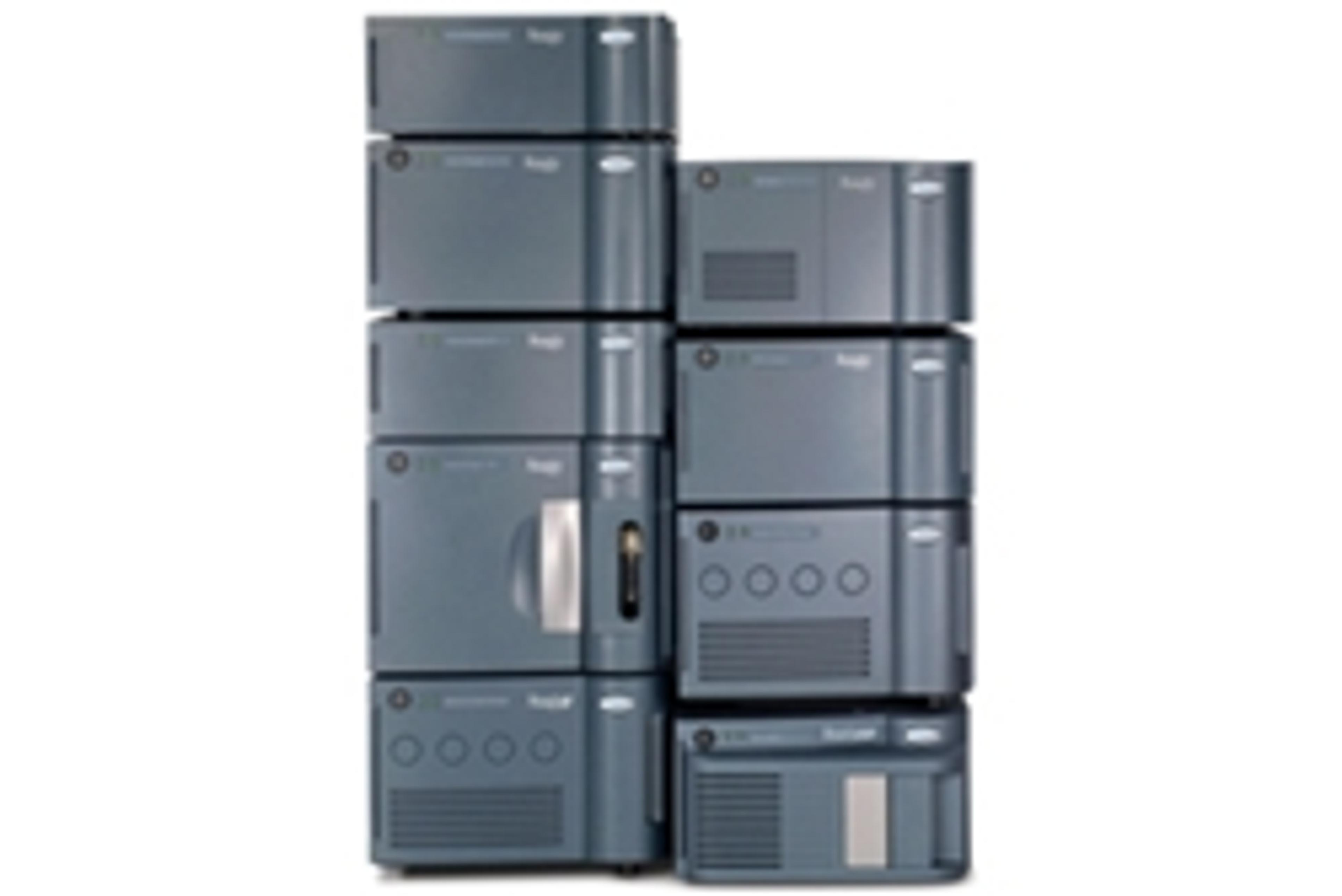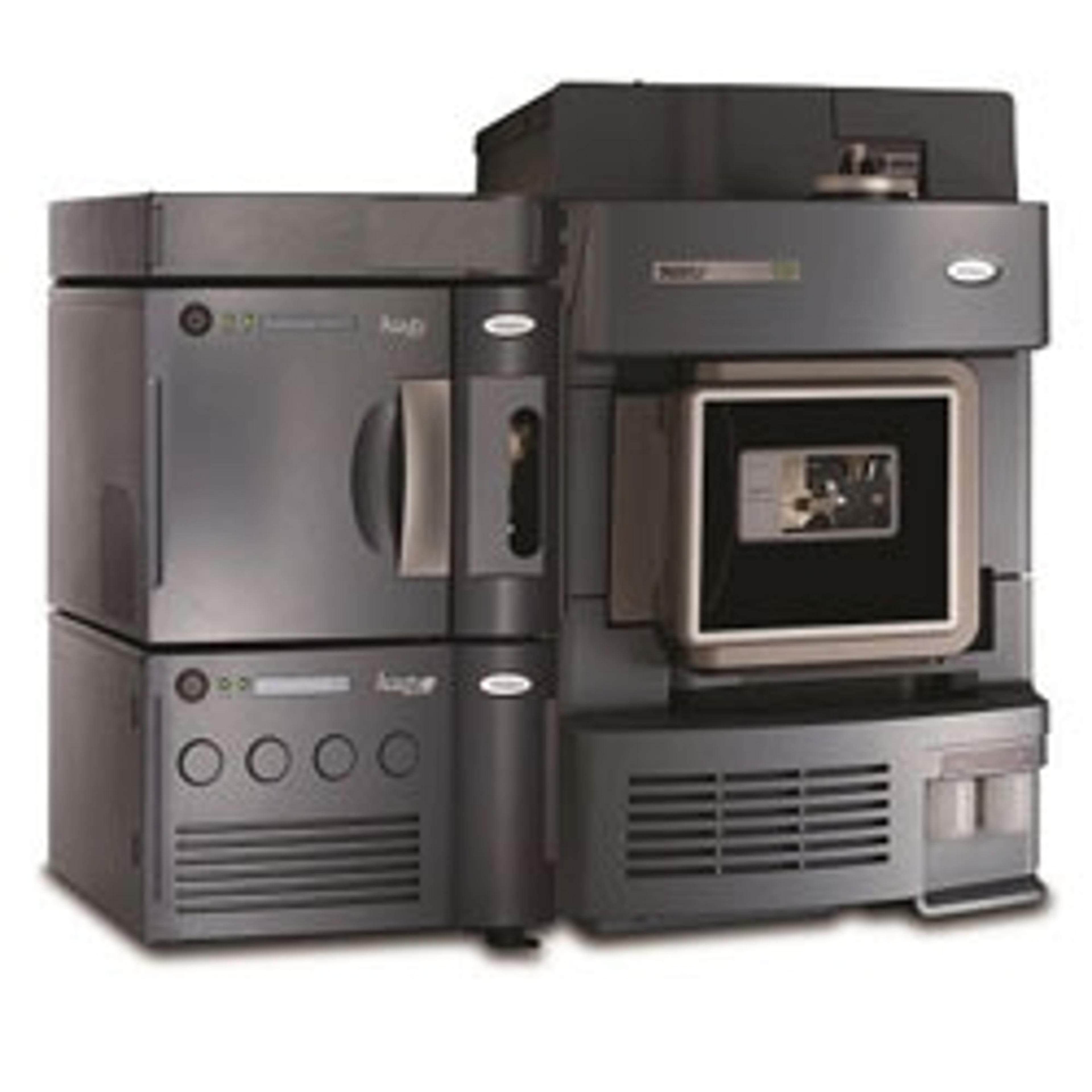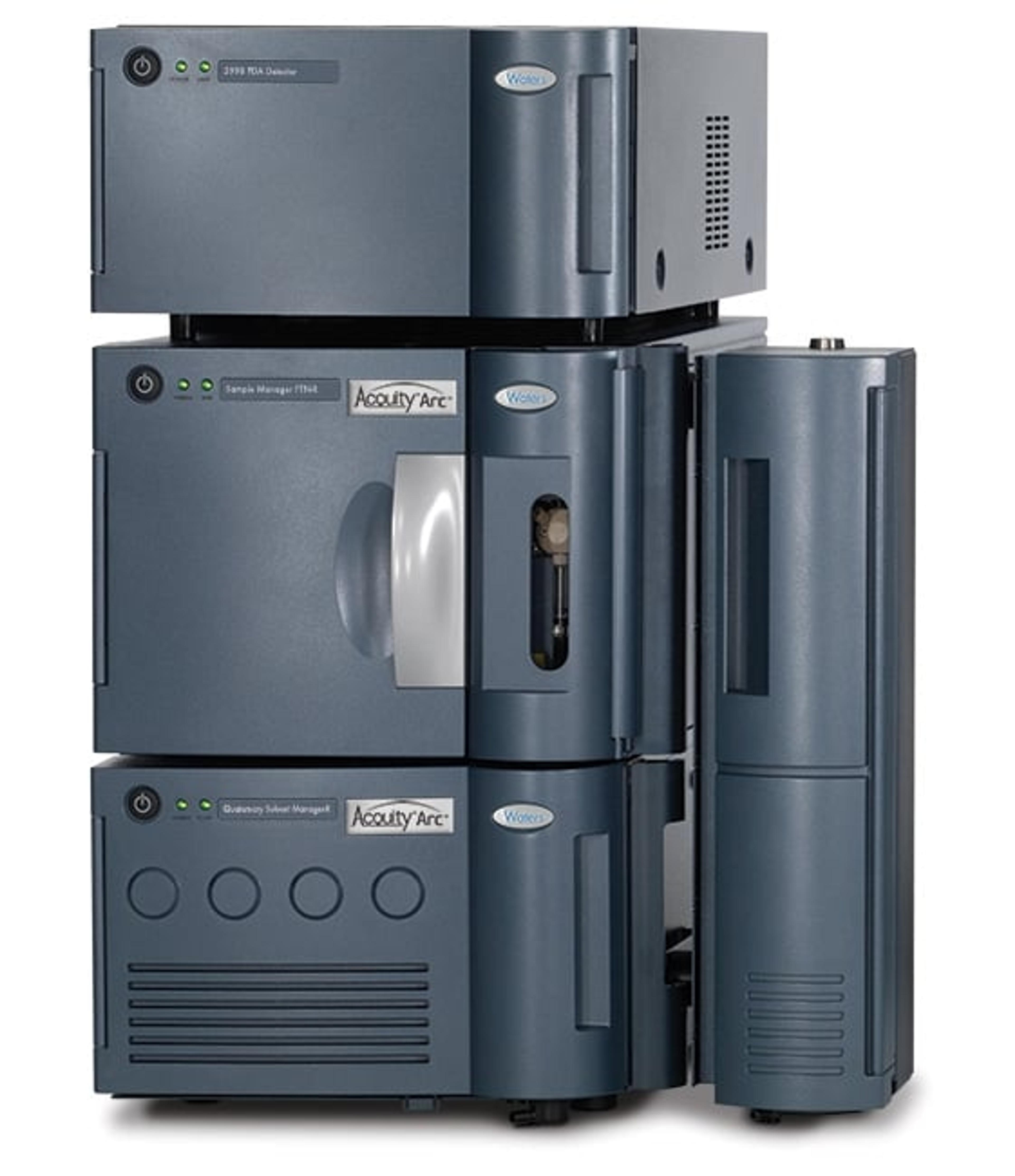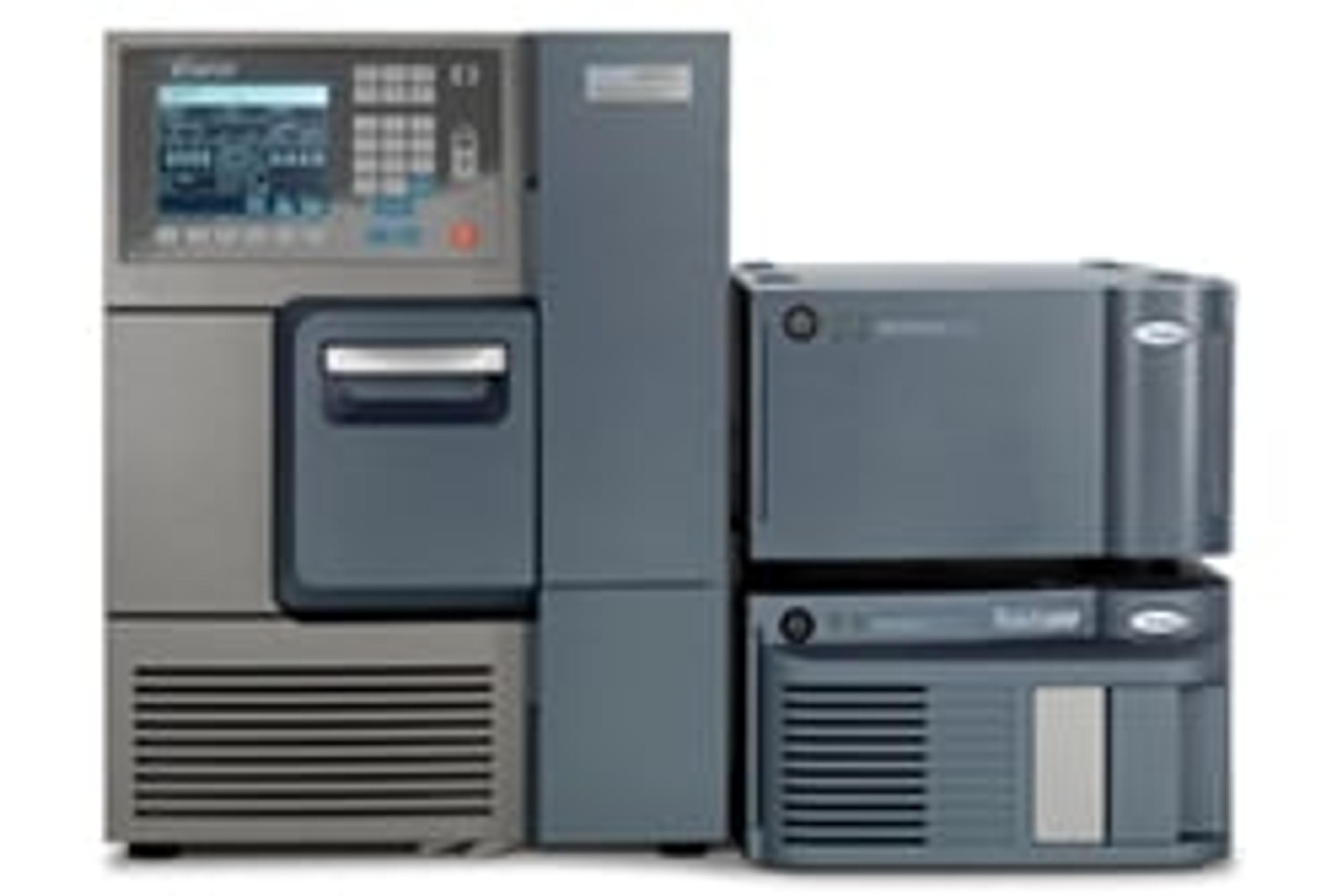How Will Pharmacopeial Modernization Benefit Your Chromatography Workflow? Your Questions Answered
Dr. Leonel Santos and Dr. Horacio Pappa of the United States Pharmacopeia (USP) describe pharmacopeial modernization efforts in this on-demand webinar
16 Oct 2018
In a recent SelectScience® webinar, now available on demand, USP’s Director of the Chemical Medicines Department, Dr. Leonel Santos, and Director of the General Chapters Department, Dr. Horacio Pappa, present an overview of pharmacopeial harmonization and modernization efforts and reviewed changes described in the pending USP General Chapter <621> on chromatography. We also hear from Amanda Dlugasch, Application Scientist II at Waters Corporation, who presents a case study to illustrate the benefits of modernizing methods without the need to revalidate.
During the live event, we received many questions from our audience. In this article, read highlights from the webinar Q&A session – including some of the questions that we didn’t get the chance to cover in the live Q&A.
If you missed the webinar, no problem, you can watch it on demand here >>

Your questions to Dr. Horacio Pappa, Director of the General Chapters Department, USP
Q: What are USP's expectations for the data needed to verify a change to chromatographic conditions within the ranges specified?
HP: This is a very common question when we talk about verification especially, because there are no specific directions in Chapter <621> on how to verify a method. The thought process that you have to follow in order to determine what is applicable in each case, is simply considering the changes you made in the method – what are the performance characteristics of the method that can be affected by the change? For example, when you move from HPLC to UHPLC, where the concentrations you are looking at are lower, you probably want to examine the lower part of the calibration line. When the change in the method may affect the integration and the shape of the pill, you probably want to revise the accuracy and the precision etc.
Q: Does USP consider that the flexibility of these guidelines can be used at any time, or just when the monograph conditions do not produce a satisfactory system suitability test?
HP: Initially, when we established the flexibility of adjusting the system in Chapter <621>, it was a clear indication that you can only use those adjustments if you don't pair the system suitability requirements. When we expand this flexibility and include the change of particle size, we modify that position. Now the Chapter says that you can adjust the network if you cannot reach the system suitability requirements, if you want to use a column with different dimensions, if the column is not on the market anymore, if you have another column in your lab, or if you want to move to UHPLC conditions. So, nowadays it's not just when you don't meet the system suitability requirement, you can also adjust the column size for any other reason.
Q: Can you give an example of a physicochemical characteristic of stationary phase that is allowed for isocratic method changes? Also, as far as particles are concerned, are fully porous and solid-core particles considered equivalent, as long as they fit the L/dp ratio allowance?
HP: I think the first part of the question refers to the part in the Chapter that says when you change the column dimensions, you cannot change the chemical characteristics of the stationary phase, and that refers to the L definition. If the monograph calls for an L1, L2, or L3 column, you cannot change the chemical composition of that column, so it has to be a C18 or C8 – as indicated in the monograph. You will only change the column dimensions, length, diameter, and particle size.
Regarding the difference between totally porous and core-shell columns, there's a statement in the Chapter that says that for a core-shell column, if you are able to obtain the appropriate number of theoretical plates in terms of length divided by particle size, you can switch from a totally porous to a core-shell. The problem is that in a core-shell column it's difficult to identify the particle size, because we are only considering the diameter of the particle that is participating in the separation, so this will require a little effort from the users to identify the efficiency of the column when it's not totally porous.
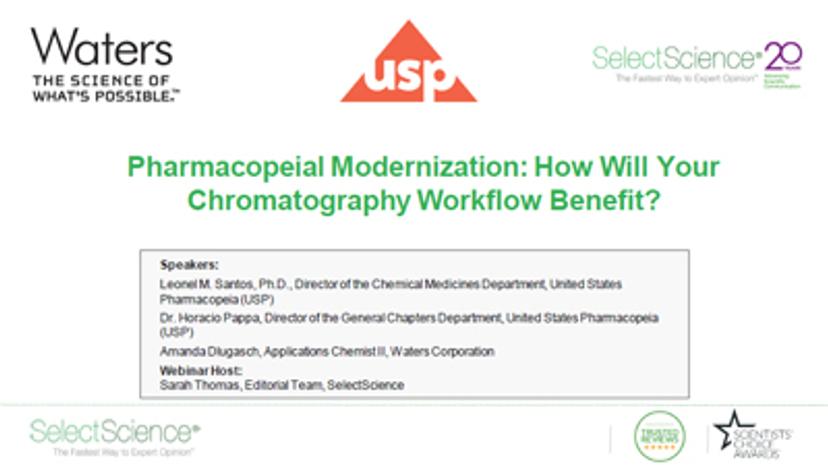
Q: For USP Chapter <621>, when will the gradient allowable changes in method be official at USP?
HP: I'm assuming this is in reference to the latest proposal that was published in Pharmacopeial Forum. That proposal is part of the harmonization process, if you are familiar with the harmonization process you may know that it sometimes takes several years to reach an agreement between the three pharmacopoeias. I cannot give you a definitive date for the approval, but I can tell you where we are now. What we published in the Pharmacopeial Forum was also published in Pharmeuropa and the Japanese Pharmacopeial Forum. This is what we call the stage two document. After the publication, each Pharmacopoeia collected comments received. Those comments were evaluated by the appropriate expert committee in each pharmacopoeia and they selected the comments that are appropriate and can be incorporated into the document. With that, those sets of comments were sent to the European Pharmacopoeia, which is the coordinating pharmacopoeia for this harmonization, that happened in February this year.
European Pharmacopoeia came back with their conclusions about all the comments, so now, what we have at hand is a compilation of the comments received and those that were accepted from the three regions: Europe, Japan, and U.S. At this time, the expert committee will evaluate the comments again, and the conclusions will be sent to the European Pharmacopoeia and the European Pharmacopoeia will prepare the next document, which will then appear in Pharmacopeial Forum again, probably at the beginning of the year. So, as you can see, it's a quite a complex and long process, so there is not a clear date on when this will be official.
Q: If we can't meet the requirement with changing condition for gradient method, what should we do? How much can we tolerate the different retention time of the analyte?
HP: If you want to adjust the particle size in a gradient that will be outside the current context of the USP <621>, unfortunately, you will be forced to have a full validation.
For the second question, there is a clear statement in <621> indicating that there are no acceptance criteria associated with the viability of relative retention time. The expectation is that if you know your methods sufficiently, you will be able to determine if the viability of the retention time is suitable. In order to do that, probably, you have to do a trend analysis and collect historical data regarding that particular retention time. Now the FDA is looking more and more into how we do continuous verification of the method, by collecting data about the performance of the method. The short answer would be there is no acceptance criteria associated with the retention time.
Q: In Chapter <621> the paragraph about monographs indicates: “If adjustments of operating conditions are necessary in order to meet system suitability requirements, each of the items in the following list is the maximum variation that can be considered, unless otherwise directed in the monograph; these changes may require additional verification data”. Are the new changes applicable only to pharmacopoeia methods as well as to product specific methods developed in-house and not reported as compendial in pharmacopoeias?
Technically speaking USP chapters apply only to USP monographs, however many companies adopt Chapters in their internal documents (e.g. SOPs). In other words, it is a company decision.
Q: What type of regulatory submission is needed to update this type of method change?
You should contact the applicable regulatory authority with this request.
Q: Can you clarify what you meant by proving efficiency of the solid-core particle column vs totally porous for a specific method?
The adjustment of particle size allowed in <621> is based on the L/dp ratio as an estimation of efficiency. In core-shell columns, the particle diameter is not indicative of the effective separation section of the particle, thus the efficiency of these columns (plate count) should be evaluated in some other way.
If you missed the webinar, you can watch it on demand here >>

Your questions to Dr. Leonel Santos, Director of the Chemical Medicines Department, USP
Q: How many monographs do you anticipate modernizing and is there a target timeline to complete the modernization initiative?
LS: At USP, in chemical medicines, there are approximately a little over 4,500 chemical medicine monographs. So far, we have published many of the monographs being modernized in Pharmacopeial Forum, but as you know, it also takes a step to move from getting all the comments from Pharmacopeial Forum to making it official.
As the target for modernization for USP is 2020, we are aggressively moving forward in terms of modernizing. Modernization is also a moving target, because it doesn't really have an end – as we continue modernizing, there will be new monographs coming in, and there will be several revisions, and there will be new manufacturers. That is why we have a target of 2020, but we will still continue modernization.
Q: What is the USP doing to address HPLC columns that are no longer available in the market?
LS: Monographs that have HPLC columns that are no longer available in the market are a difficulty to most of the users. So, the USP reaches out to the original column manufacturer, because they understand exactly the chemistry of the column that they have manufactured, however, it is discontinued now. We work with them – we provide them with different criteria in terms of what would be a good replacement to a discontinued column and they in turn provide us with information that shows that it is actually a good replacement for a discontinued column. That's one way we address this.
Another way we address this, is that, if we cannot work with the original manufacturer, we reach out to other manufacturers that are producing the product, and they may have a different column that they have used before. If the monograph needs to be updated, we will update them.
The third way is also to look at the other pharmacopoeias and what kind of columns they're using for the same drug product or drug substance monograph. We try different ways, so that we can fulfill any of those HPLC columns that are no longer available in the market.
Q: Karl Fischer titration for water content determination uses health hazardous reagents and solvents. Are there any plans from USP to replace Karl Fischer titration?
LS: Presently, there is no plan to replace the Karl Fischer titration. The Karl Fischer titration is cross-referenced in more than 1,000 USP monographs. USP is thinking of adding alternative method(s) in the determination of water for pharmaceutical articles.
Q: What is the USP approach for updating monographs that exist for API and preparation of products when the methods are not similar: E.g. mometasone furoate?
LS: One of the ways USP modernizes the drug substance and drug product monographs is to include the test for organic impurities. In some cases, where USP receives submission(s) from pharmaceutical manufacturers, we update the drug product monograph(s) but not the drug substance. For mometasone furoate drug substance, USP is modernizing the TLC organic procedure to HPLC, for alignment with drug product monographs.
Q: What % of total monographs are currently based on outdated methods, for example, TLC, titration etc.? What % of monographs need to have impurities or related substance tests added? What % of these are highlighted for modernization?
Approximately, about 65% of monographs are complete with modernization. In general, 33% of monographs targeted for modernization needed organic impurity tests.

Q: Can validated alternative LC methods be used in place of compendial titration methods?
LS: Yes, the USP General Notices 6.30. Alternative and Harmonized Methods and Procedures allow the use of any method or procedure other than the compendial method or procedure for the article in question.
Q: What would I consider when a monograph does not specify the particle size used?
LS: The best way to consider when a monograph does not specify the particle size used is to verify with USP science staff or email to STDSMONOGRAPHS@usp.org.
Q: What approach has to be followed if we change column from totally porous to monolith for products described in a USP monograph?
There is no guideline in changing the column from totally porous to monolith for drug product described in the USP monograph. The best approach is to use the specific column used in the validation of the test procedure. If using a different brand of column, the important requirement to consider is to use the same type of packing, GC phase or support. Please verify by using the column equivalency database on the USP website.
Q: How will the method modifications be accepted by the regulatory bodies? How can the method modifications be used during method transfer?
LS: Revisions to USP monographs are published in Pharmacopeial Forum for 90 days for public review and feedback from various stakeholders including the regulatory agency (US-FDA). For method transfer or transfer of analytical procedures, please refer to General Chapter <1224> which describes several approaches for method modifications (i.e. comparative testing, covalidation, and revalidation).
If you missed the webinar, you can watch it on demand here >>

Your questions to Amanda Dlugasch, Applications Chemist II, Waters Corporation
Q: Could you please confirm that the ARC system can be used until 15,000 psi?
AD: The ACQUITY Arc System does not have an upper pressure limit of 15,000 PSI. The pressure limit of the Arc System is 9,500 PSI. The ACQUITY UPLC H-Class System, however, has an upper operating pressure of 15,000 psi.
Q: Is the decreased run time for the gradient method moving from HPLC to UPLC an example of typical reductions one would expect in scaling a gradient method? Or is the amount of time reduced highly variable?
AD: The reduction of run time when scaling a gradient method will be gradient specific. Since the quetiapine impurity example is geometrically scaled, it represents a good example of how much time can be approximately reduced when scaling.
Q: Has Waters tried to scale many methods and what is the success:fail rate?
AD: Typically, when scaling a method, success can be achieved. There may be other adjustments or modifications, depending upon the method, that need to be made during the scaling process. Other examples of successful method scaling can be found in various application notes on our website: www.waters.com
If you missed the webinar, you can still watch it on demand. A PDF copy of the slides is also available to download.

